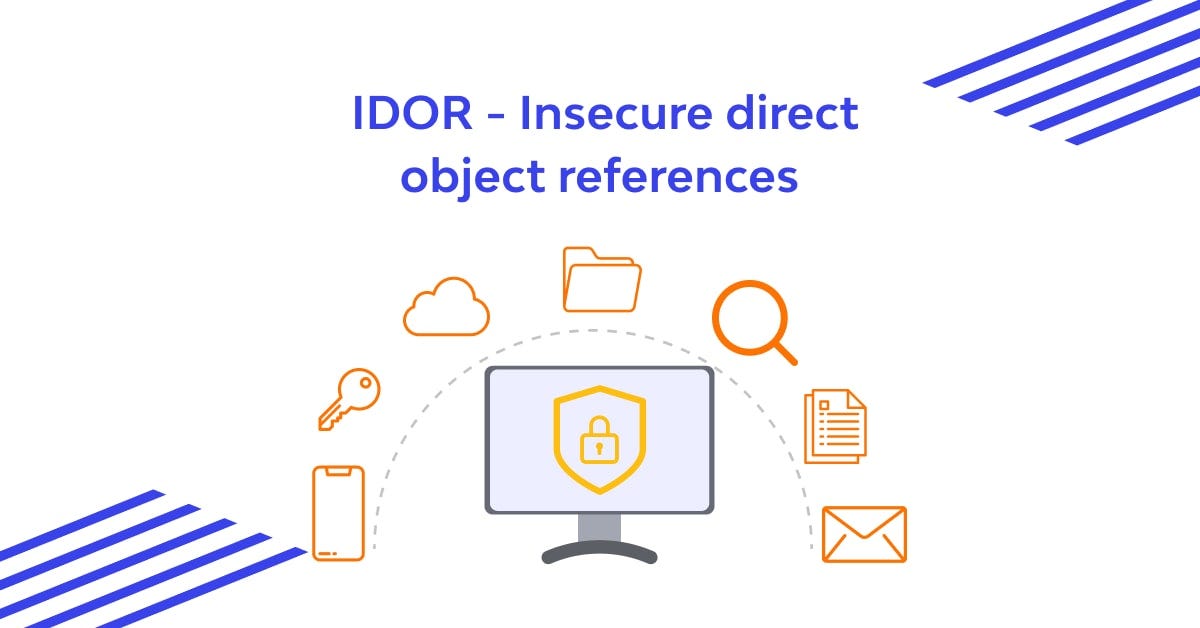BOOK THIS SPACE FOR AD
ARTICLE ADIntroduction:
In the world of bug bounty hunting, cybersecurity professionals continually search for vulnerabilities within software systems to help protect them from malicious attacks.One such vulnerability that has plagued software applications for years is the infamous “Buffer Overflow.”In this article, we will delve into the concept of buffer overflow, its significance, and provide essential tips for bug bounty hunters to identify and exploit this critical vulnerability. So, let’s dive into the world of buffer overflow!Understanding Buffer Overflow:
Buffer overflow refers to a vulnerability that occurs when a program attempts to store data beyond the boundaries of a fixed-size buffer in memory.This overflow can lead to overwriting adjacent memory locations, causing instability or even granting an attacker control over the system. Typically, buffer overflow arises from programming errors or poor memory management.The Significance of Buffer Overflow in Bug Bounty Hunting:
Buffer overflow is a critical vulnerability that has been exploited in numerous high-profile cyber attacks.As a bug bounty hunter, understanding and effectively exploiting this vulnerability can be highly rewarding both in terms of recognition and financial gain.Buffer overflow vulnerabilities often exist in widely used software, making them attractive targets for bug bounty hunters.Types of Buffer Overflow:
Stack-based Buffer Overflow:Stack-based buffer overflow occurs when a program writes more data to a buffer on the stack than it can hold, causing the excess data to overwrite adjacent memory. This can lead to arbitrary code execution, enabling attackers to inject malicious code.Heap-based Buffer Overflow:
Heap-based buffer overflow occurs when a program writes data beyond the allocated memory buffer in the heap segment. Attackers can exploit this vulnerability to manipulate memory structures, leading to code execution or denial of service.Format String Vulnerabilities: Format string vulnerabilities arise when user input is directly passed as a format string to a printf() or similar function. This can lead to arbitrary memory access and potentially result in code execution.
Identifying Buffer Overflow Vulnerabilities:
1. Fuzzing Techniques:
Fuzzing involves feeding a program with a large amount of unexpected and random data to trigger potential vulnerabilities, including buffer overflow. Tools like AFL (American Fuzzy Lop) and Peach Fuzzer can be used to automate the fuzzing process.
b. Manual Code Review:
A meticulous review of the source code can help identify insecure coding practices that may lead to buffer overflow vulnerabilities. Careful scrutiny of memory operations, input validation, and buffer size management is crucial.
c. Security Testing Tools:
Utilize security testing tools such as static analysis tools (e.g., Coverity, Fortify), dynamic analysis tools (e.g., Valgrind, AddressSanitizer), and vulnerability scanners (e.g., Nessus, OpenVAS) to detect potential buffer overflow vulnerabilities.
Exploiting Buffer Overflow Vulnerabilities:
a. Crafting Malicious Input:
By carefully crafting input that exceeds the buffer’s allocated size, an attacker can manipulate the program’s behavior and overwrite
the return addresses or inject malicious code into the program’s memory.
b. Overwriting Return Addresses:
In a stack-based buffer overflow, overwriting the return address of a function can redirect the program’s execution flow to a location controlled by the attacker. By carefully calculating the offset and providing a new address, the attacker can execute arbitrary code or perform privilege escalation.
c. Injecting Shellcode:
To exploit a buffer overflow vulnerability, an attacker often injects shellcode, which is a small piece of code that grants unauthorized access to the system. By overwriting the buffer with the shellcode and redirecting the program’s execution flow, the attacker gains control over the compromised application or system.
Mitigation Strategies for Buffer Overflow:
a. Input Validation and Sanitization:
Implement strict input validation and sanitization routines to ensure that user-supplied data adheres to expected formats and does not exceed buffer boundaries. This prevents buffer overflow by rejecting or properly truncating oversized input.
b. Code Review and Secure Coding Practices: Thoroughly review the source code for insecure coding practices and potential buffer overflow vulnerabilities. Adopt secure coding practices, such as using safe string functions, validating array indices, and avoiding insecure memory operations.
c. Compiler-based Protections: Utilize compiler-based protections like stack canaries, address space layout randomization (ASLR), and non-executable stack/heap. These protections make it harder for attackers to exploit buffer overflow vulnerabilities by adding additional layers of defense.
.png)
 11 months ago
60
11 months ago
60 














 Bengali (Bangladesh) ·
Bengali (Bangladesh) ·  English (United States) ·
English (United States) ·